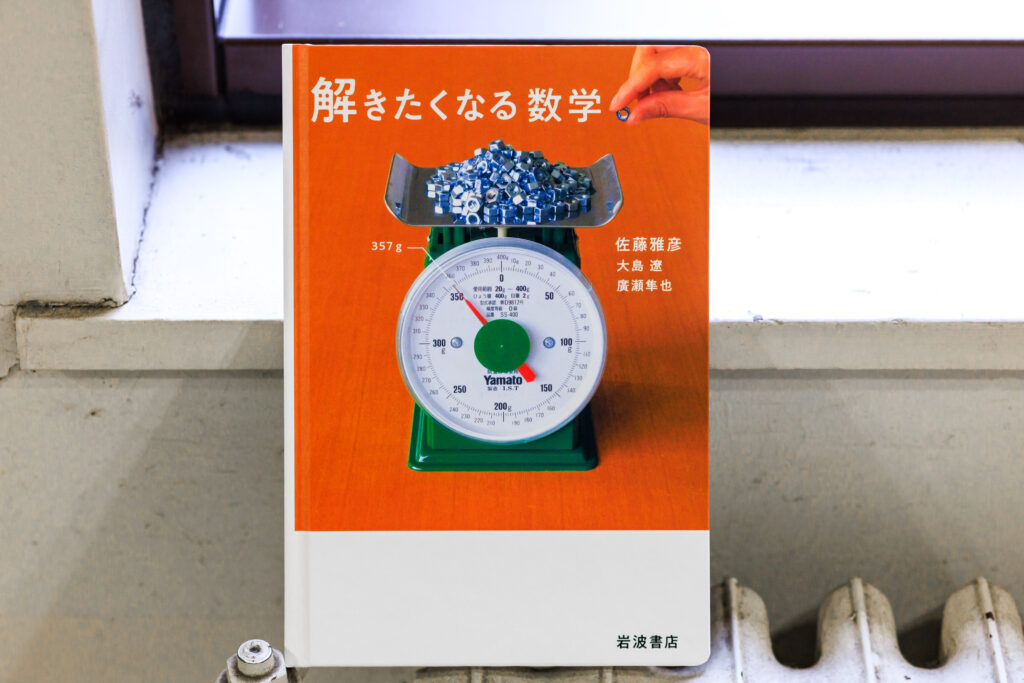
Cooling systems are essential for the driving of vehicles. Professor Mitsuhisa Ichiyanagi from the Faculty of Science and Technology specializes in heat transfer engineering and focuses on the phenomenon of boiling for improving thermal efficiency of vehicles. What are the results that can be obtained from delving into this familiar phenomenon?
When driving, the engine of a vehicle emits a lot of heat and must be properly cooled to avoid damaging the engine and its surrounding equipment. We call this overheating. At the same time, the process of warming up the engine before driving is essential for better thermal efficiency. Ensuring the engine and its surrounding equipment remain at appropriate temperatures is essential for a vehicle’s high performance.
This is where coolants come into play. We call it cooling, but the temperature is higher than 80℃. Since a combustion temperature reaches approximately 1726℃, the difference of these temperatures is enough to remove gasoline engine heat. It is also possible to promote engine warming by controlling the amount of heat being transferred to the coolant.
Even so, carrying too much coolant will lower thermal efficiency due to weight, and reducing coolant results in insufficient cooling. To discern this extremely delicate balance, I focused on the phenomenon of boiling.
Distinguishing between safe and dangerous boiling

There are two states in the phenomenon of boiling—nucleate boiling and film boiling. Imagine a pot filled with water and being heated. Nucleate boiling is the state where bubbles rise up here and there from the bottom of the pot. In this state, the temperature of the bottom of the pot—which is in contact with the water—does not significantly exceed 100℃.
If you continue to heat the pot, a film of steam may form at the bottom of the pot. This is film boiling. As the bottom of the pot is separated from the water by this layer of steam, the pot’s temperature keeps rising.
The same situation occurs with engines and coolants. If film boiling continues, the engine—separated from the coolant—will reach high temperatures, and this may lead to the melting or rupturing of components. Therefore, preventing film boiling is vital for realizing effective thermal managements.
However, it is not easy to predict the point of critical heat flux, which is the temperature where nucleate boiling transitions to film boiling. This is because, besides differences in the shapes of cooling pipes through which coolant flows, small scratches on the pipes’ surfaces and other minuscule changes in conditions will change the point of critical heat flux. In contrast to its familiarity, the phenomenon of boiling is still covered by a veil of mystery.
Broadening applications for improved efficiency in water-cooled machines
At our laboratory, we built an experimental apparatus mimicking automotive cooling pipes and measured how heat energy is transferred inside engines. We are working on establishing a new model for predicting critical heat flux as well as taking on the challenge of explaining and creating a model for the phenomenon of boiling. It will bring me joy if this research can help to improve thermal efficiency of vehicle and eventually reduce carbon dioxide emissions.
Even if battery electric vehicles supersede gasoline engines in the mainstream, the significance of our research will not diminish, because temperature control using coolants is also indispensable for batteries and motors. Going one step further, I take pride in the strength of this research, which can be used in all kinds of machines cooled by water and not limited to vehicles.
Science and engineering are academic fields with deep ties to industry. We do not only pursue the truth, but must also undertake research that is useful to society. This is my unchanging principle since the time when, as a high school student, I resolved to be a researcher in mechanical engineering.
The book I recommend
“Tokitaku Naru Sugaku”(Mathematics That Makes You Want to Solve)
by Masahiko Sato, Ryo Oshima, and Jun’ya Hirose, Iwanami Shoten

What happens when you express various physical phenomena using mathematics? This book expresses this theme, which looks difficult at first, using beautiful designs and questions that makes you unconsciously want to solve them. Besides high school students interested in mathematics, I hope those who wonder about the usefulness of mathematics will also read this book.
-
Mitsuhisa Ichiyanagi
- Professor
Department of Engineering and Applied Sciences
Faculty of Science and Technology
- Professor
-
Graduated from the Department of System Design Engineering, Faculty of Science and Technology, Keio University, and received his Ph.D. in Engineering after completing the doctoral program at the university’s Graduate School of Science and Technology. Took on several positions—such as project researcher at the University of Tokyo’s Graduate School of Engineering as well as assistant professor and associate professor at the Department of Engineering and Applied Sciences, Faculty of Science and Technology, Sophia University—before assuming current position in 2022.
- Department of Engineering and Applied Sciences
Interviewed: May 2023